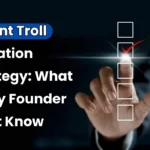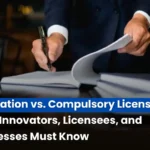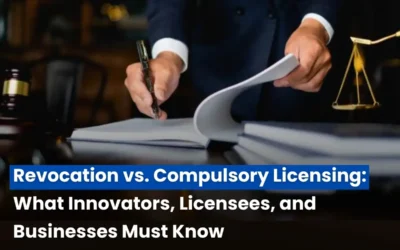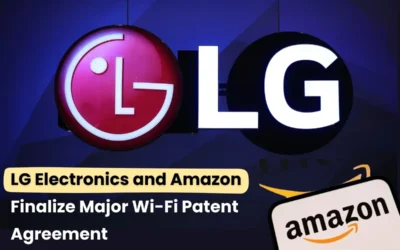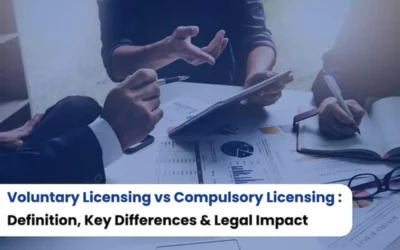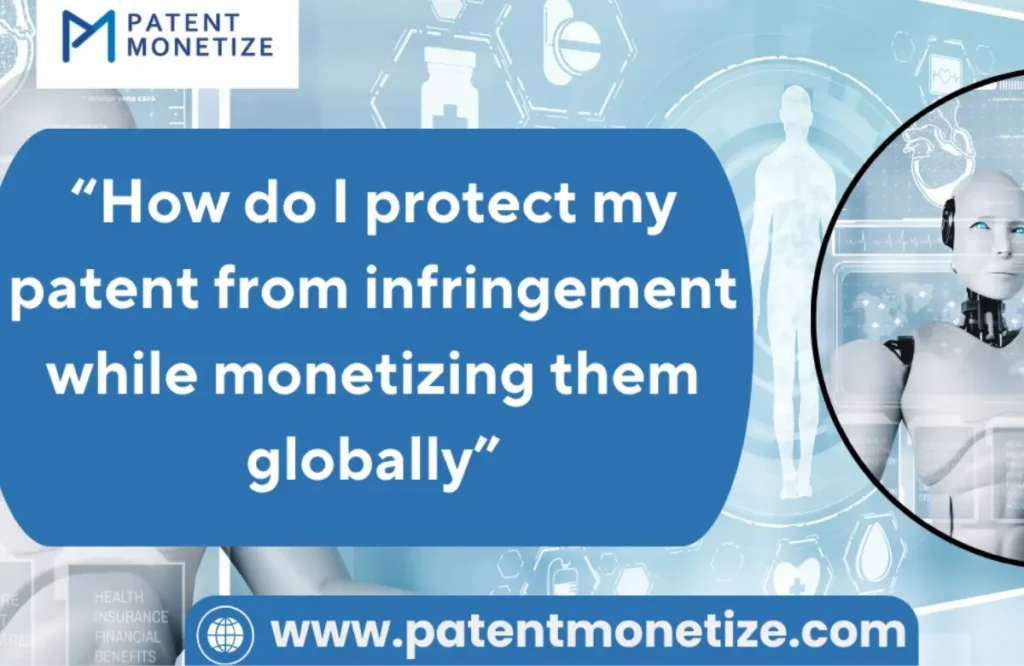
These comprise the fact that, currently, with globalization of trade and the internet, patent infringement is now one of the very critical problems globally. Many of the innovators and corporations today devote immense sums in many parts of the world attempting to discover new products and other forms of technologies in very competitive spaces. To the intellectual property protectionist, the protection whilst scouting for opportunities would be fundamental in protection as well as returns from investment. We will explain how one can protect patent from infringement and on how to monetize them worldwide. This paper will examine strategies for protecting patents; how to successfully monetize them, including legal remedies and licensing opportunities that may be pursued; enforcement measures; and best practices that can fully unlock the potential of your patented inventions.
Patent Protection Strategy and Global Enforcement
Before we proceed further to the strategies for protection and monetizing patents, let’s first get an idea about patents and how patent protection works globally.
What is a Patent?
A patent is a government-issued IP given over a product, process, machine, or a composition of matter that one invented to use it for 20 years after its application. Other people will thus be allowed to make, use, sell, or even distribute without any concern for getting the approval from the originator of such inventions due to the lack of protection.
International Patent Protection
Patent laws of the country do differ, and, thus, protection under international patents is quite complicated. Some of the widely used global instruments are:
- PCT: WIPO PCT is the short form of the WIPO treaty, under which an inventor can file an international patent that may later get recognition in more than 150 nations. The creation of the Patent Cooperation Treaty works as a procedure for a one-stop shop while seeking patents on several countries; however, not a single issuance of patents would be granted due to the process only helping file applications.
- EPO: This is an abbreviation for the European Patent Office. EPO, to say, it’s an office for the European countries where it grants a single procedure patent protection within up to 44 member states.
- National Patent Offices: Every country has its national patent offices, where one can file patent applications country by country.
- Having that aside, patent protection is only as good as the enforcement of the respective country. Therefore, while planning on monetizing your inventions in this global scenario, the proper patent strategy is well in place.
Read Also: The Complete Guide to Patent Acquisition Process in India 2025
Ways to Secure Your Patents Internationally
This does not mean one wants to step on patents, but to move forward with globalization and monetization. Here is how:
1. File Patents in Strategic Geographies
If you propose to license patents all over the world, start by filing applications in countries where your business will at least operate in those where you expect greater demand for the invention. Accordingly, as an example:
- Developing Economy: There are some developing economies and hence emerging markets wherein patent enforcement is relatively softer. This may, however also open good revenue opportunities for your enterprise.
- Innovation Hubs: The patenting of jurisdictions that boast a strong presence of intellectual property seriousness of about the United States, the European Union, Japan, and South Korea will surely be sure enough to ensure adequate protection.
Focus your patent protection where your business will most likely to generate the most return on investment.
2. Think Regional Patents
Regional patent systems, such as the European Patent Convention (EPC) or the African Regional Intellectual Property Organization (ARIPO), facilitate the filing of a patent in several countries within a region. It will cost less than to file different patents in different countries and extend your geographical reach for IP protection.
3. Renewal of Patents and International Filings
After submitting your patent applications, be attentive to watch out for status changes on these patents, specifically for those areas requiring you to pay statutory fees pertaining to its continued existence in those territories. As for territories in other states, some territories would require some periodical or revision of that patent; as such, there is a notice of caution: don’t allow the protection through these patents from expiring without notice due to a failure of patent amendments and revisions.
4. Monitoring and Patent Surveillance Techniques
Patent monitoring and surveillance tools will let you know who your potential infringers and competitors are. The alerts keep reminding you of every time someone files a patent application similar to yours or infringement of your patents. An early detection mechanism is very crucial because it will help cut the infringement at an early stage so that it will not get uncontrollable.
5. Assertion of Rights through Resources of Law
Patent infringement requires sufficient legal resources. There are IP lawyers who can formulate aggressive legal counsel towards the exercise of rights. These are:
- Cease and Desist Letters: Normally, the cease-and-desist letters first bring the case to the attention of the infringers without a court action.
- Litigation: If the above measures do not pay off, you will be forced to take them to court through patent infringement suits in local courts.
- ADR: Arbitration, mediation, and many more may be less time-consuming and less expensive ways of resolving your disputes than litigation.
6. Non-Disclosure Agreements (NDAs)
Having patented your inventions, do not forget the point at the time of pitching with partners, customers, or investors that one requires having a first NDA to prevent disclosure of the invention and theft of the patent.
Ways to Monetize Patent Worldwide
Having dealt with the protection aspect of your patents, this brings us to the monetization. Monetization through patents is actually a process through which you harness your intellectual property as an income-generating asset. Here follows a few strategies of patent monetization across the world followed under:
1. Licensing Agreement
License is the most preferred and also the most lucrative method of monetization of patent. You receive royalties continuously because your patent will continue to be licensed by other companies. Common strategies in licensing include:
Exclusive Licensing: In this, you license to only one company in a particular region or market. Thus, you obtain higher royalties but lose the right to license that particular region or market to anybody else.
Non-exclusive licensing: It refers to the procedure of the patent licensing of the company to so that the patent can be exposed to different markets with the objective of exploitation.
2. Patent Sales
Another way of getting money from patents is through selling without limitations. Pure selling involves the selling of all rights over the patent to a third party. The sale usually comes in one lump sum payment. This method may be speedy, giving one instant returns; yet he has no control over the product after that.
3. Joint Ventures and Partnerships
Other companies may provide a great platform in using your patented technology in exchange for monetary or strategic benefits. A JV is just merely a sharing of patents, knowledge, or other resources to jointly develop the product in the commercialization of a given market.
4. Cross-Licensing
This relates to the cross-licensing of patents by companies, most in a way that avoids patent litigation. This can also be one way through which to obtain access to your competitor’s patented technologies that complement your patented offerings too.
5. Patent Pools
Patent pools involve a cooperative strategy whereby many patentees pool their patents to come up with a pool of common patents, which may be licensed to third parties. This strategy is very effective when the underlying technology is pretty complex, especially in the case of telecommunication or software markets.
6. Strategic Patent Enforcement
It is expensive to protect patents, but it can be a source of income if litigation becomes successful. If your competitor infringes on your patents, then litigation or settlement of your rights may be a good source of income.
Read Also: How to Maximize the Value of Your Patent Through Smart Licensing Strategies
Conclusion
Properly and strategically protected patents safeguard them from infringement as they have fertile opportunity in either licensing or selling them internationally. This might require the filling of a patent in those pivotal global markets wherein the regional patent systems can support or monitoring tools which at any time remind such inventors if their intellectual properties are still un-encumbered by infringement. This will bring revenue that keeps flowing into coffers, coming through any one of the three main venues, namely; licensing, selling patents, or through the joint venture arrangement. Even though the protection and enforcement for a patent might be tricky, both remain important building blocks for longevity in a more competitive global market. A good patent strategy as an active business approach will stand as the foundation for good global monetization, and one will therefore realize maximum returns from the actual financial value of his intellectual property owned.
